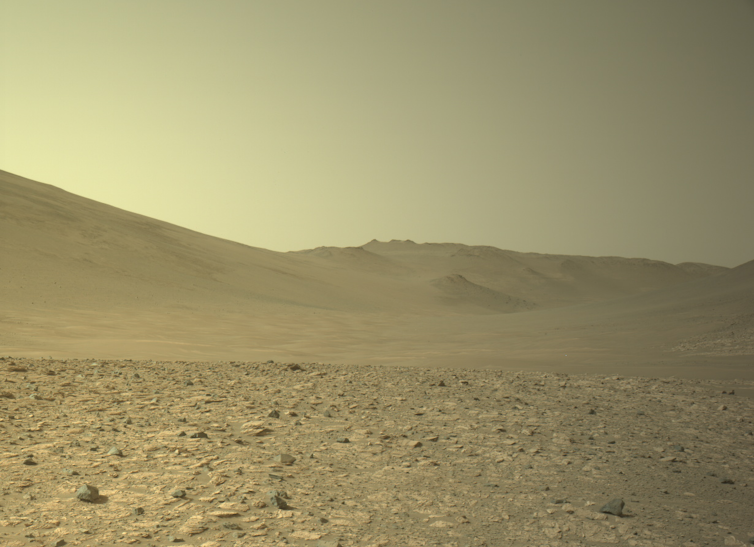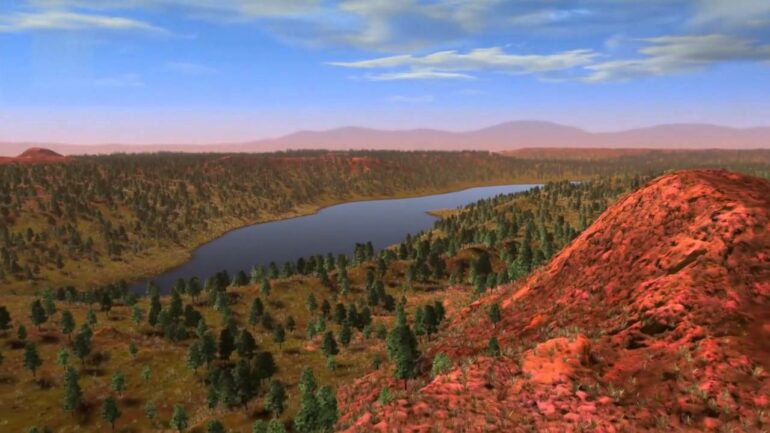
Curious Kids is a series for children of all ages. If you have a question you’d like an expert to answer, send it to [email protected].
Is it possible that one day we could make Mars like Earth? – Tyla, age 16, Mississippi
When I was in middle school, my biology teacher showed our class the sci-fi movie “Star Trek III: The Search for Spock.”
The plot drew me in, with its depiction of the “Genesis Project” – a new technology that transformed a dead alien world into one brimming with life.
After watching the movie, my teacher asked us to write an essay about such technology. Was it realistic? Was it ethical? And to channel our inner Spock: Was it logical? This assignment had a huge impact on me.
Fast-forward to today, and I’m an engineer and professor developing technologies to extend the human presence beyond Earth.
For example: I’m working on advanced propulsion systems to take spacecraft beyond Earth’s orbit. I’m helping to develop lunar construction technologies to support NASA’s goal of long-term human presence on the Moon. And I’ve been on a team that showed how to 3D-print habitats on Mars.
To sustain people beyond Earth will take a lot of time, energy and imagination. But engineers and scientists have started to chip away at the many challenges.

A photo taken of the bleak Martian surface by NASA’s Perseverance rover in June 2024.
NASA/JPL-Caltech
A partial checklist: Food, water, shelter, air
After the Moon, the next logical place for humans to live beyond Earth is Mars.
But is it possible to terraform Mars – that is, transform it to resemble the Earth and support life? Or is that just the musings of science fiction?
To live on Mars, humans will need liquid water, food, shelter and an atmosphere with enough oxygen to breathe and thick enough to retain heat and protect against radiation from the Sun.
But the Martian atmosphere is almost all carbon dioxide, with virtually no oxygen. And it’s very thin – only about 1% as dense as the Earth’s.
The less dense an atmosphere, the less heat it can hold on to. Earth’s atmosphere is thick enough to retain enough heat to sustain life by what’s known as the greenhouse effect.
But on Mars, the atmosphere is so slight that the nighttime temperature drops routinely to 150 degrees below zero Fahrenheit (-101 degrees Celsius).
So what’s the best way to give Mars an atmosphere?
Although Mars has no active volcanoes now – at least as far as we know – scientists could trigger volcanic eruptions via nuclear explosions. The gases trapped deep in a volcano would be released and then drift into the atmosphere. But that scheme is a bit harebrained, because the explosions would also introduce deadly radioactive material into the air.
A better idea: Redirecting water-rich comets and asteroids to crash into Mars. That too would release…



